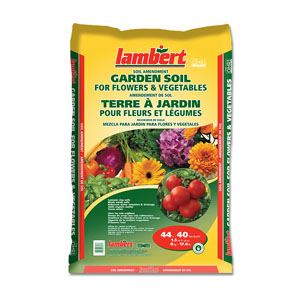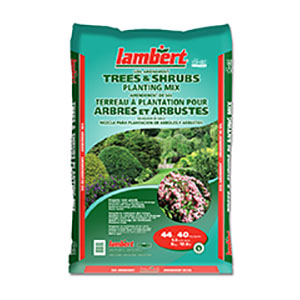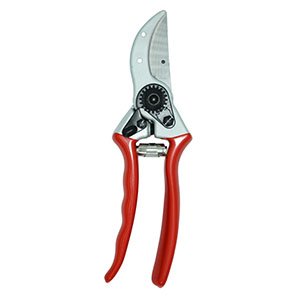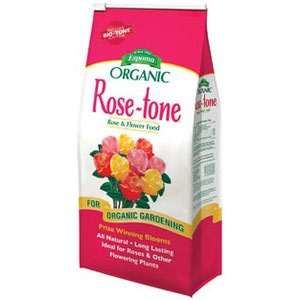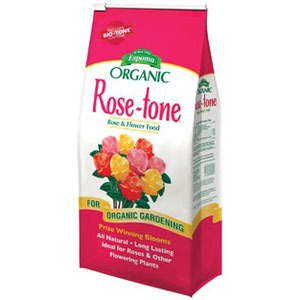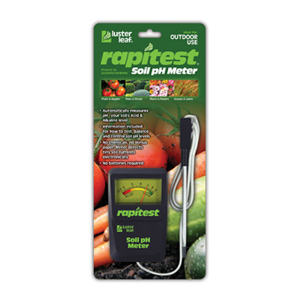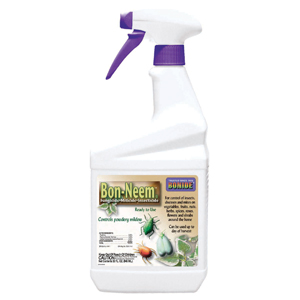It’s time to turn back the clock on something that’s been missing from the garden for many years: fragrance. Our national flower, the rose, was replaced by a low-maintenance alternative that blooms freely, has great disease resistance and is easy to grow. Since their introduction in 1998, Knock Out roses have changed the rose world and how flower breeders approach their work. Well, times have changed (again) and this is a feel-good article of returning to our (rose) roots.
Historical Roses
I can speak from experience on the topic of roses, as I’m a former consulting rosarian for the American Rose Society. Consumers couldn’t resist the mail order catalog from Jackson & Perkins to view the newest roses and flock to the nearest garden center to buy. The 1960s were dominated in sales by Peace (1945) and the first grandiflora rose variety, Queen Elizabeth (1955). The 1970s brought us First Prize (1971) and Double Delight (1977), which fascinated homeowners with both fragrance and amazing color. The 1980s introduced a new rose in a new class for the All-American Rose Selection winners, Bonica (1982). This was significant in that it was the first shrub rose to receive this award, and it’s changed the playing field ever since.
Winner by Knock Out and Still Champion
Roses were a lot of work for gardeners, until the Knock Out rose. America chose to love this rose for its non-stop blooming, disease resistance, and vigorous growth. Fragrance, however, was not an option. The slow death of unique roses bred for amazing colors, plant habit and fragrance soon began to vanish because of diminished popularity. The Knock Out and its family of sports and hybrids outsells traditional roses two to one. Just plant it and forget it! It will outbloom a marigold and last a lot longer.
Fragrance is Back!
There’s hope in consumers once again having exposure to fragrant rose varieties. Brindabella Roses from Suntory Flowers is the newest (and most fragrant) in landscape durable roses. Brindabella plants not only look pretty in the garden with their free-flowering habits, but bring back that old-world charm with their aroma. Check out Griffin’s newest rose varieties with our plant specialists. All that’s needed is 4-6 hours of direct sunlight, planting soil that’s been upgraded to include added organics, a soil PH of around 6.5 to 7.0 and a feeding schedule of fertilizers once every 4-6 weeks throughout the growing season for the best results. As a garden center or retailer that sells roses, make sure you identify the fragrant selections in your assortment.
Where roses aren’t in demand, the consumer has shifted a buying focus on fragrant shrubs and perennials. Proven Winners continues to drive plant breeding to new heights. The ColorChoice flowering shrubs offer a huge selection of fragrant plants. Combined with new retail products that are time savers for plant care, there’s no better time for fragrance aficionados. It’s time to stop and smell the garden once again!
Historical Roses
I can speak from experience on the topic of roses, as I’m a former consulting rosarian for the American Rose Society. Consumers couldn’t resist the mail order catalog from Jackson & Perkins to view the newest roses and flock to the nearest garden center to buy. The 1960s were dominated in sales by Peace (1945) and the first grandiflora rose variety, Queen Elizabeth (1955). The 1970s brought us First Prize (1971) and Double Delight (1977), which fascinated homeowners with both fragrance and amazing color. The 1980s introduced a new rose in a new class for the All-American Rose Selection winners, Bonica (1982). This was significant in that it was the first shrub rose to receive this award, and it’s changed the playing field ever since.
Winner by Knock Out and Still Champion
Roses were a lot of work for gardeners, until the Knock Out rose. America chose to love this rose for its non-stop blooming, disease resistance, and vigorous growth. Fragrance, however, was not an option. The slow death of unique roses bred for amazing colors, plant habit and fragrance soon began to vanish because of diminished popularity. The Knock Out and its family of sports and hybrids outsells traditional roses two to one. Just plant it and forget it! It will outbloom a marigold and last a lot longer.
Fragrance is Back!
There’s hope in consumers once again having exposure to fragrant rose varieties. Brindabella Roses from Suntory Flowers is the newest (and most fragrant) in landscape durable roses. Brindabella plants not only look pretty in the garden with their free-flowering habits, but bring back that old-world charm with their aroma. Check out Griffin’s newest rose varieties with our plant specialists. All that’s needed is 4-6 hours of direct sunlight, planting soil that’s been upgraded to include added organics, a soil PH of around 6.5 to 7.0 and a feeding schedule of fertilizers once every 4-6 weeks throughout the growing season for the best results. As a garden center or retailer that sells roses, make sure you identify the fragrant selections in your assortment.
Where roses aren’t in demand, the consumer has shifted a buying focus on fragrant shrubs and perennials. Proven Winners continues to drive plant breeding to new heights. The ColorChoice flowering shrubs offer a huge selection of fragrant plants. Combined with new retail products that are time savers for plant care, there’s no better time for fragrance aficionados. It’s time to stop and smell the garden once again!



